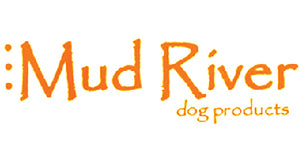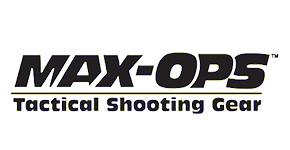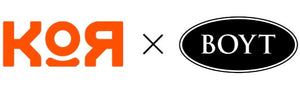Elbow Dysplasia: Insight on a Complicated Diagnosis
A diagnosis of elbow dysplasia is a catch-all term for a collection of elbow abnormalities that can cause lameness in a dog’s front legs and pain in the elbows. Dysplasia, which means ‘abnormal growth,’ can be a painful, debilitating, and lifetime condition. Dogs with elbow dysplasia can still have full, productive lives with proper care, but there is no cure. Elbow dysplasia is normally diagnosed at a young age in dogs (i.e. less than one year old). Most commonly the condition manifests in large and giant breed dogs, though any size dog can be affected. Lameness (i.e. limping, favoring the affected joint) can be noticed as early as 4-5 months of age; exam and radiographs will help differentiate elbow dysplasia from other causes of front leg lameness. Early detection and intervention strategies are best to delay onset of osteoarthritis. Abnormalities in anatomical growth contribute to elbow dysplasia and can include cartilage damage, abnormal growth plates, disproportionate bone growth and joint incongruity, or fractures and dislocations. One or a combination of these irregularities may occur in a pet.
Contributing factors to dysplasia include:
- trauma
- over-exercising or high-impact activity
- excess weight and nutritional imbalances
- hormones
- genetics
- Lameness on a front leg that is worse after exercise
- Weight shifting off painful leg or weight shifted to rear legs
- A head bob during walking or trotting
- Elbows that stick out away from the body
- Pain on elbow palpation, decreased mobility in the elbow
- Difficulty with stairs, pet is hesitant to jump down from surfaces
Dogs with mild dysplasia may show no obvious outward signs. Imaging is used to confirm diagnosis and develop a treatment plan. In a general practice, imaging will likely include radiographs. With very early changes or those that can’t be seen on radiographs, additional imaging is recommended: CT scans or small arthroscopic cameras are more sensitive to very small changes within the joint. In young patients, surgery is often the recommended course of action, in addition to weight management, rest, and anti-inflammatory medications. Arthritis routinely develops even with surgery, but early treatment can help slow progression. Stem cell therapy and cold laser therapy may also aid in repairing damage and reducing pain and inflammation. When considering a new furry companion, make sure to ask the breeder about any health testing that has been completed within the genetic line. Most reputable breeders will have the joints of breeding dog pairs certified by the OFA (Orthopedic Foundation for Animals) if the breed is at risk for inherited orthopedic disease. These certifications are not performed until a pet is at least 2 years old. The OFA website (www.ofa.org) has a very inclusive list which explains the various orthopedic diseases and lists health tests recommended by breed. A DNA test for elbow dysplasia is not yet available, as the genetic inheritance pattern is multifactorial (i.e. more than one gene or combination of genes appears to influence development of disease). Radiographs are the only accepted test for elbow certification. Elbows are graded as either normal or abnormal. Dogs with abnormal elbows should not continue to contribute to the gene pool for the breed.
### Amanda Burow, D.V.M. (Dr. B), is a graduate of Iowa State University’s College of Veterinary Medicine. Dr. Burow’s patient list includes hunting dogs of all varieties, as well as several field trial dogs and full time sporting guide dogs. In addition to practicing general veterinary medicine, she has special interest in the areas of preventive care, emergency medicine, and dermatology. In her spare time, she enjoys being outdoors and on the lake, staying active, reading, and spending time with family and friends. Mud River is proud to share these tips from Dr. B with our customers. Keep in mind it is best to work with your local veterinarian to determine the needs for your animals.










